Hanoi's Colonial Architecture
Although the French colonial period ended over 70 years ago, much of the influence of French art and architectural styles remains evident in the structures of Hanoi. Following a century of colonization, Vietnam preserved its traditional culture while also embracing new perspectives from modern France. Through the history of Hanoi, it is accurate to state that the legacy of ancient French architecture has played a vital role in shaping a unique, magnetic, and charming city that exhibits elegance and a sense of nobility.
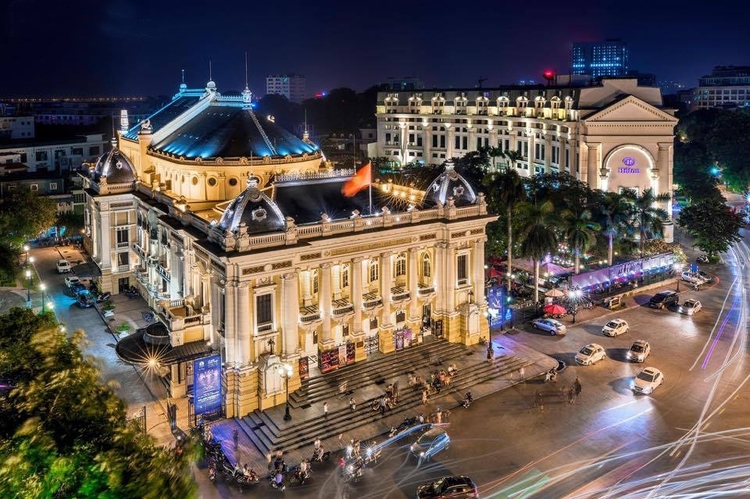 Hanoi Opera House, a significant landmark of colonial-influenced architecture
Hanoi Opera House, a significant landmark of colonial-influenced architecture
While it's challenging to pinpoint the exact period when French architectural styles first emerged in Hanoi, most archaeologists and architectural scholars agree that their initial appearance dates back over 200 years, during King Gia Long's reign, when efforts were made to reconstruct Hanoi according to Vauban architectural principles, supervised by French architects.
However, it was not until 1875 that the Concession Area was established, leading to an increase in the volume and scale of French-style constructions in Hanoi. Various designs, inspired by Western styles, became prevalent in public architecture, including Art Deco with its emphasis on simple shapes, Neo-Gothic for churches, and Rural styles for villas reminiscent of France. The blending of French architectural formats with Vietnamese and Chinese cultural influences was also encouraged.
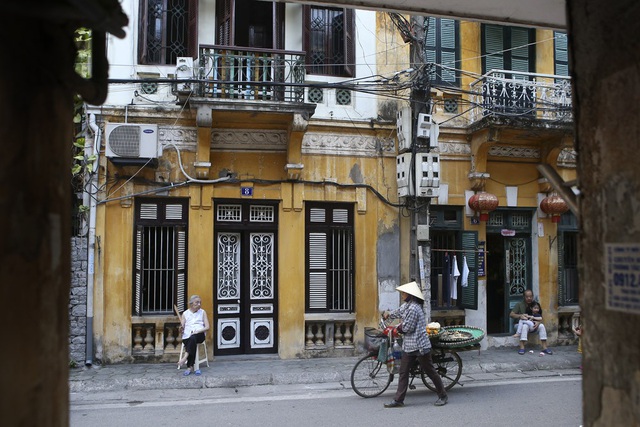 Photo : dantri.com.vn
Photo : dantri.com.vn
At that time, French colonial architecture significantly transformed Hanoi from a declining city marked by traditional Eastern constructions into a modern, captivating metropolis infused with Western features. This transformation did not eradicate elements of Vietnamese architectural culture; instead, it harmoniously blended them with French styles to create a new architectural genre known as Indochina style, characterized as distinctive, harmonious, and charming. It is often claimed that among the colonial territories of the French Empire worldwide, Hanoi, and Vietnam more broadly, boast some of the finest examples of ancient French architecture.
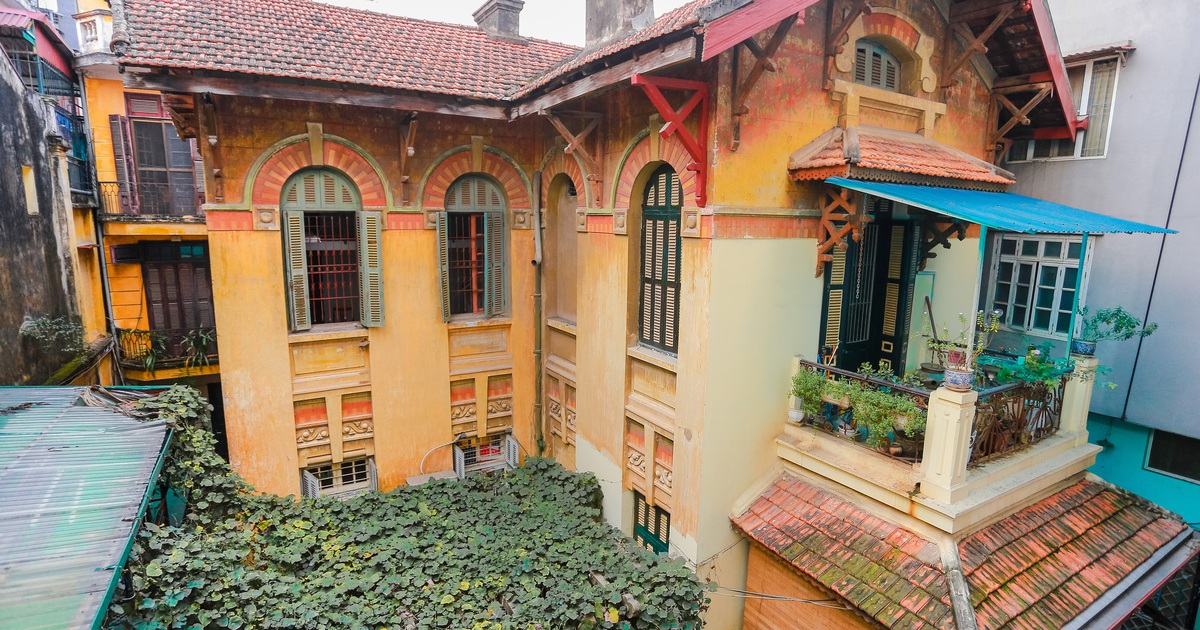 Photo : vietnamnet.vn
Photo : vietnamnet.vn
A notable number of classical French structures have been preserved in Hanoi, and fortunately, many retain their original designs and materials. These buildings have become cultural symbols of the city, serving as offices for various important government departments, such as the Ministry of Foreign Affairs, the State Bank of Vietnam, and the Presidential Palace. Others remain integral to the daily lives of Hanoians as residential spaces, providing historical evidence of the French cultural influence in this enchanting city. The tranquil elements of memorial Hanoi coexist with the vibrant energy of modern life.
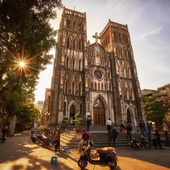
Bridging The Difference: French and Vietnamese Fusion In Architecture Style
Colonial French architecture has appeared in Hanoi for roughly 200 years and become one of the most charming features of this city. At present, numerous buildings, villas or public constructions with French design in Hanoi are conserved in order to retain their original features and elements.
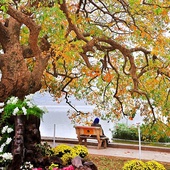
Feel Hanoi's Colonial Old Charm In Autumn
A hustle and bustle Hanoi now is suffering from rapid urbanization, yet looming in the city noise is an old Hanoi with its delicate architecture and marvelous flower smell.
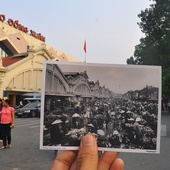
French Architecture's Roles Through Times in Hanoi
Recalling the dreadful war that French brought to Hanoi, people often think of what they had left there after one hundred years of colonization as well.








